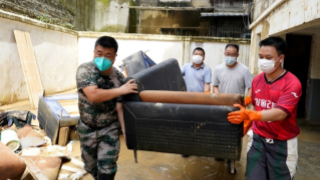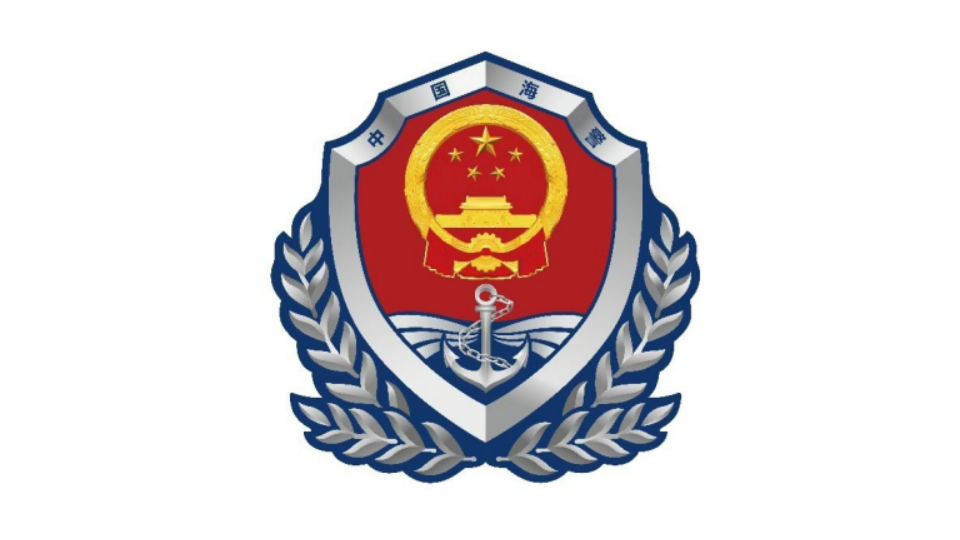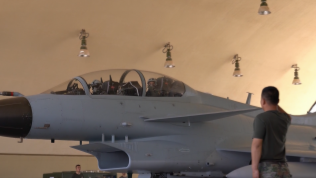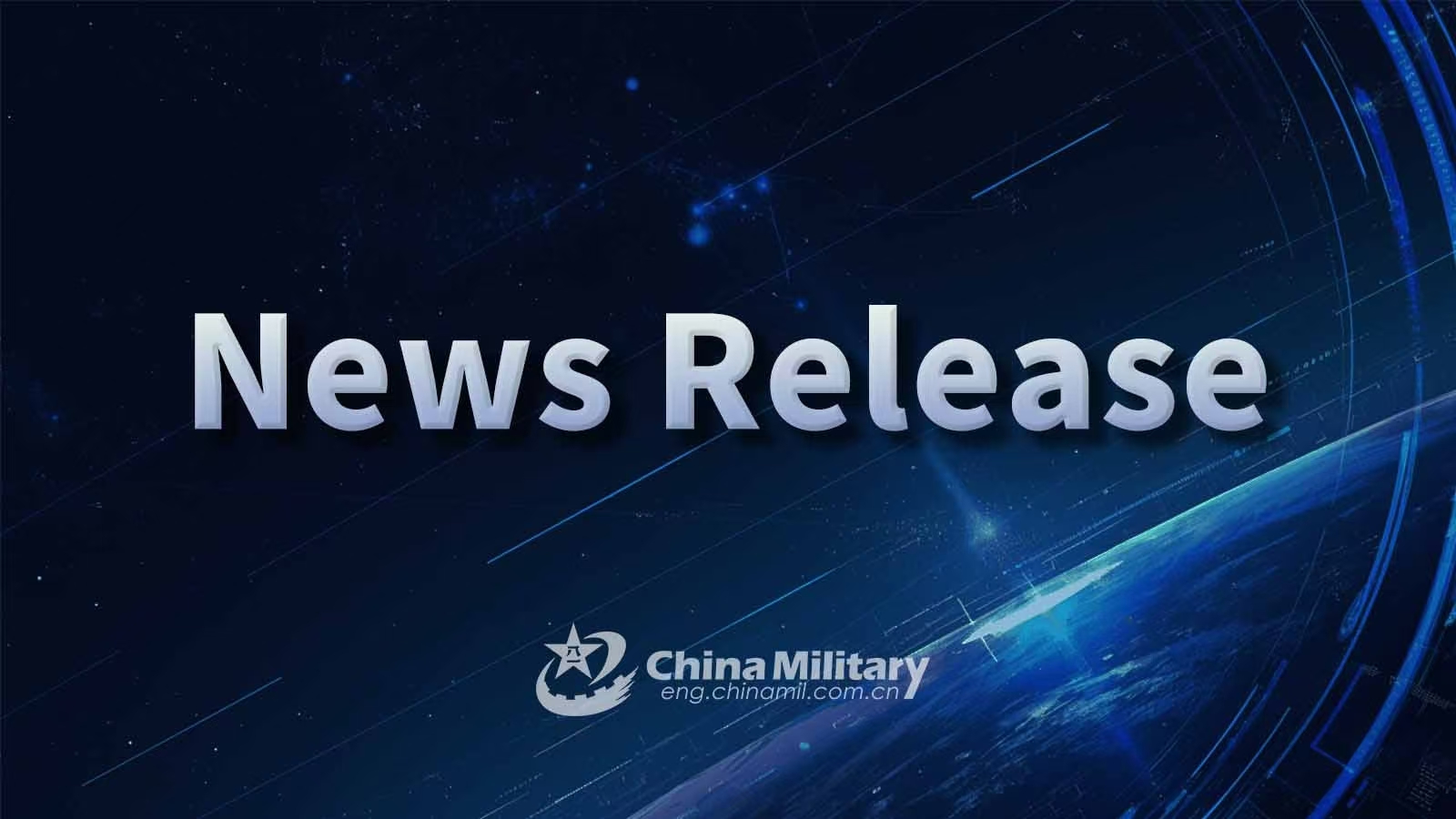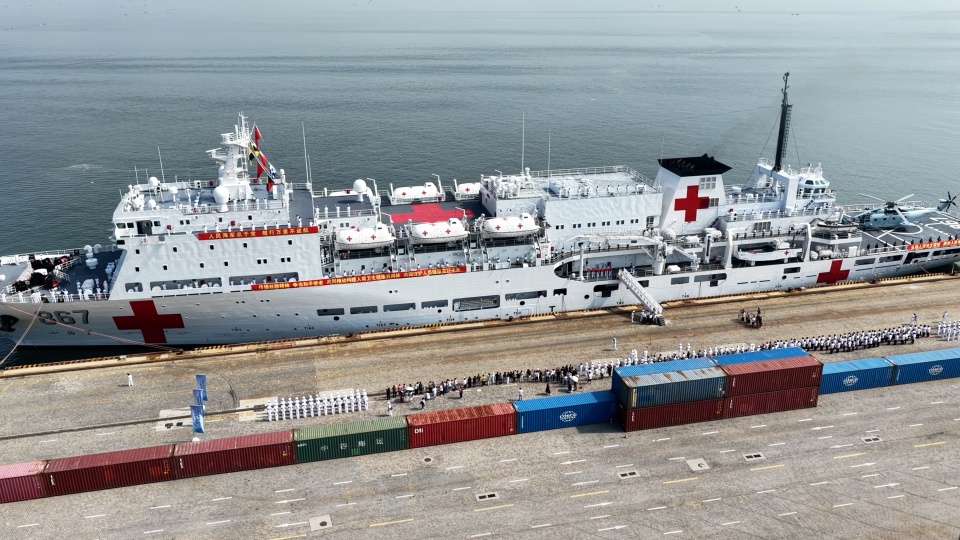By Yun Ruijing
Recently, the Japan Ground Self-Defense Force (JGSDF) employed tanks, armored vehicles, artillery, and missile launchers to conduct the "Fuji Firepower Exercise 2025", the largest live-fire exercise so far of the year, at the Higashi-Fuji training area in Shizuoka Prefecture. It is important to note that the exercise not only practiced the sensitive island capture subject again, but also showcased Japan's improved Type 12 surface-to-ship missile and advanced long-range missiles such as the hypersonic missile for the first time.
The "Fuji Firepower Exercise" was initiated in 1961 as a routine series of exercise of the JGSDF. It is usually held on an annual basis. Concerning the characteristics of this year's exercise, Zhang Xuefeng, a military observer, stated that there were no significant changes in the scale and scenarios of this year's exercise compared with previous events, but the debuts of the two types of missiles including the improved Type 12 surface-to-ship missile were noteworthy. The two missiles, developed by Japan under the guise of its self-proclaimed "defensive purpose", will substantially enhance Japan's long-range strike capabilities and anti-ship operational capabilities after entering service in the future.
According to Zhang, the most remarkable highlights of this year's exercise included the debuts of the improved Type 12 surface-to-ship missile and the Hyper Velocity Gliding Projectile (HVGP) for so-called "island defense". In fact, the latter is a boost-glide hypersonic missile. The body adjusted to a non-circular cross-section gives the improved Type 12 surface-to-ship missile better radar stealth capability. Combined with a far longer range, the missile is able to strike both maritime and land targets. The HVGP for "island defense", with a maximum range of about 1,000 kilometers and a potential range of over 2,000 kilometers for the future extended-range version, will mainly be used to strike high-value targets in strategic depth of other countries, rather than serve its self-professed "island defense" purpose.
According to the plan released by Japan's Ministry of Defense (MOD), the improved Type 12 surface-to-ship missile will be prioritized for future deployment in the Kyushu region, which is adjacent to the East China Sea, while the hypersonic missile is also expected to be deployed in the Kyushu and Hokkaido regions. In that case, what kind of Japan's ambition can be seen through the deployment locations of those new missiles?
Zhang analyzed that if the improved Type 12 surface-to-ship missile and the HVGP for so-called "island defense" were deployed in the Kyushu region, they would pose threats against some targets in China, the DPRK, and Russia. The Japan Self-Defense Forces (JSDF) envisions that in an envisaged "Taiwan contingency", the missiles deployed on the "first island chain" will undertake the role of blocking the straits and sea lanes after Japan's intervention. However, such a vision will undoubtedly bog itself down in danger.
Japan has been strengthening its long-range preemptive operational capabilities over the past years. In addition to a variety of indigenously developed long-range missiles, Japan has also invested heavily in purchasing various missiles from the US that can be carried by the Japan Maritime Self-Defense Force (JMSDF) destroyers and the Japan Air Self-Defense Force (JASDF) F-15J fighter jets. In recent years, Japan has constantly breached the constraints of its pacifist constitution and its commitment to the "exclusively defense-oriented" policy, developed offensive weapons, and sought to acquire "strike capabilities against the enemy", all of which drive it further onto the road of military expansion, thereby injecting more negative and uncertain factors into regional stability.
Zhang believed that the JSDF was equipped with inferior long-range attack capabilities under previous restrictions imposed by the US. However, the two countries coincide in recent years with the US expecting Japan to play greater roles in containing China and the DPRK, and Japan desiring more powerful offensive capabilities. Japan's long-range offensive capabilities are in rapid expansion now. It has adopted a combined method of import and indigenous development, namely the combination of developing the improved Type 12 surface-to-ship missile and the HVGP for so-called "island defense" and purchasing the Tomahawk cruise missile, AGM-158 series missiles, and other weapons from the US. Those missiles are expected to enter service in the following five years, when Japan will establish a long-range strike system consisting of land, sea, and air-based strike capabilities. Therefore, it is necessary to be vigilant against Japanese militarism "resurging in a new guise".
Editor's Note: Originally published on military.cnr.cn this article is translated from Chinese into English and edited by the China Military Online. The information and opinions in this article do not necessarily reflect the views of eng.chinamil.com.cn.





